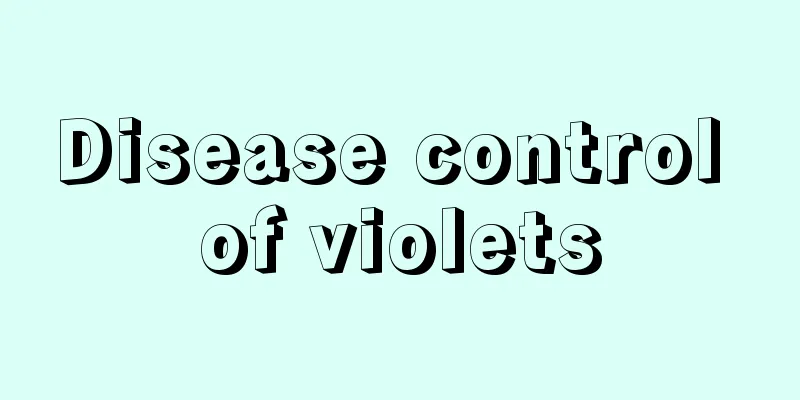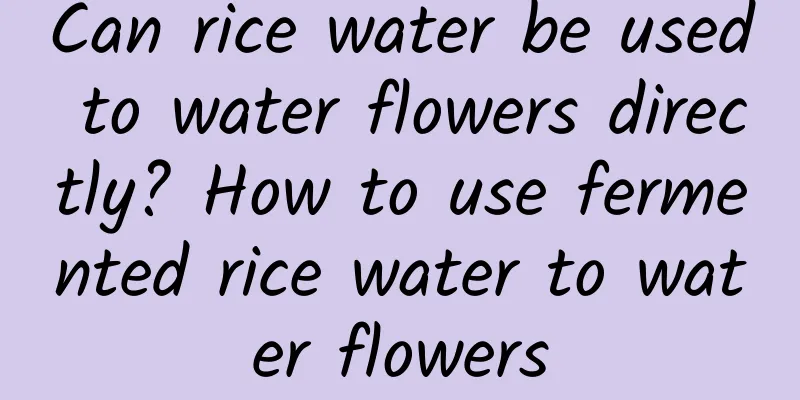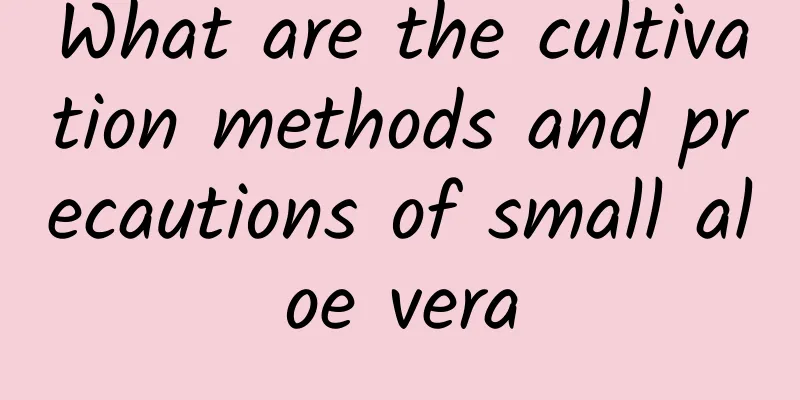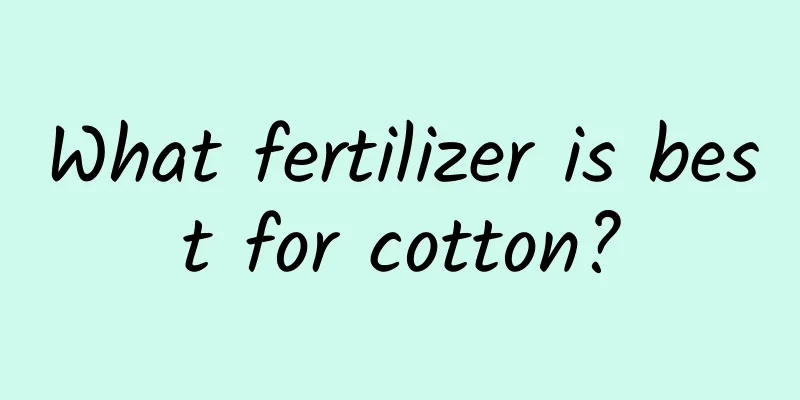Disease control of violets

Violet downy mildewThe diseased leaves have light green spots on their surface with no obvious edges. There is a white frost layer on the back of the corresponding leaves. The pathogen overwinters as oospores in the soil and in the remaining tissues of diseased plants. It begins to germinate the following spring and carries out the initial infection. Too dense planting and poor drainage can easily lead to serious disease. Prevention and treatment methodsAvoid pruning for too long and remove diseased plants in time. Use a new fungicide, ethyl sulfoxide, at a concentration of 2-3 grams per liter of water. Violet WiltThe disease is caused by the fungus Fusarium oxysporum. The main symptoms are stunted and wilting plants. Symptoms include obvious veins on the leaves of young plants and drooping leaves on larger plants. Prevention and treatment methodsThe seeds can be soaked in 50-55℃ warm water for 10 minutes to kill the pathogens carried by the seeds; the soil used for planting violets should be disinfected before reuse, and the pesticide can be 1000 times potassium permanganate solution. Violet Verticillium WiltThe symptoms of this disease are yellowing and wilting of the lower leaves of the plant. Diseased plants are severely dwarfed and the tissues that support them quickly change color. Prevention and treatment measuresSame as violet wilt Violet white rustThis disease is caused by white rust. After the violet plant is infected, the diseased part turns yellow and later turns brown. Colorless spores are produced in chains under the epidermis of the leaves. Prevention and treatment methodsIf violets are placed together with other cruciferous plants, they will infect each other, so weeds should be removed and isolated; before violet plants become diseased, they should be sprayed with 3-4 degrees Baume lime sulfur mixture for prevention, and during the growing season, 500-600 times diluted 65% mancozeb wettable powder should be sprayed according to the disease situation. Violet BlightThe disease appears as large round spots on violet leaves. They become soft and rotten when wet, turn bluish-white when dry, and are prone to cracking late. The diseased stems appear water-soaked and dark green, and the diseased parts are generally constricted. When seedlings are infected, the growing points are often dark green and water-soaked, and they become dry and pointed after soft rot and death. Prevention and treatment methodsIn addition to selecting disease-resistant varieties and implementing crop rotation management, the use of medication for this disease emphasizes timely use, and medication should be used immediately when the central diseased plants are found. Violet leaf spotIt is caused by reasons such as continuous and dense planting, poor ventilation and excessive humidity. Prevention and treatment methodsRemove diseased plant remains to reduce infection sources; use disease-resistant varieties and appropriately increase the application of phosphorus and potassium fertilizers to improve plant disease resistance; implement crop rotation; irrigate along the soil surface to avoid spraying water on the plants; spray 300-600 times diluted 25% carbendazim wettable powder. Violet damping-offIt is mainly spread through soil and fertilizer, and is prone to occur under conditions of high humidity, high soil temperature, dense sowing, and weak seedling growth. Prevention and treatment methodsRemove diseased plants promptly; disinfect the soil; control watering appropriately before seedlings emerge from the soil; use 300-400 times diluted 50% mancozeb aqueous solution or 1000 times diluted 70% thiophanate-methyl wettable powder for irrigation in the early stage of the disease. Violet rotIt is mainly caused by high humidity, insufficient light and poor ventilation. Prevention and treatment methodsControl moisture appropriately and allow light and ventilation. |
<<: Common diseases and prevention of saffron (crocus)
>>: Common diseases and pests of Bougainvillea and their control methods
Recommend
Peanut planting and management technology Peanut high-yield cultivation technology and management methods
Sowing time Climate conditions vary from place to...
How to cultivate Daphne koreana
1. Soil It is best to choose loose, breathable, f...
What to do if the Euphorbia paniculata does not bloom
1. Provide light 1. Reason: Although Euphorbia mi...
How to make tea with Roselle
Steps for making roselle tea Step 1: Remove the c...
What is the flower of the other shore?
1. What kind of flower is it? Red spider lily is ...
What plants are suitable for growing in sandy soil?
Sandy soil has strong air permeability and draina...
How to graft peach trees (time + diagram)
Peach trees are highly adaptable and can grow in ...
How to make cactus grow easily by cuttings? The method and process of cactus cuttings
Cactus is a relatively common home-grown plant. I...
The correct way to fertilize bougainvillea What fertilizer should be applied to make bougainvillea bloom
When fertilizing bougainvillea, you can use organ...
Where do plum blossoms grow?
1. Growth Environment The plum blossom has a good...
How to prune jasmine
Jasmine pruning time Jasmine will undergo three m...
How to propagate peony
1. Take the seeds The main method of reproduction...
How to propagate Sophora japonica
How to propagate Sophora japonica Seed propagatio...
When should prune bougainvillea? How to trim?
Bougainvillea is famous for its long flowering pe...
How to propagate golden thread lotus and precautions
How to reproduce golden thread vine The main ways...









